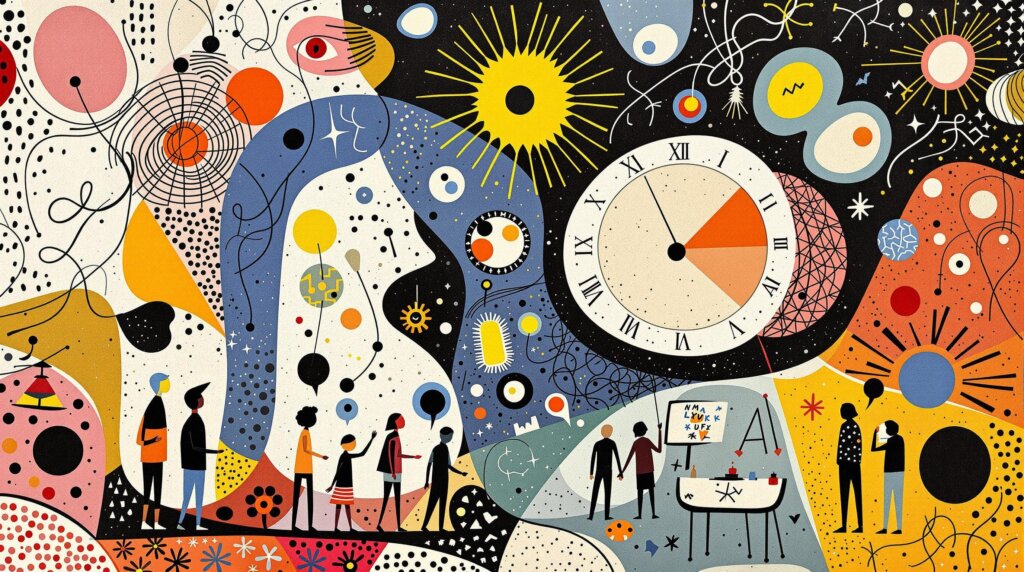Understanding Protein Requirements as We Age: The Basics
The Critical Role of Protein in Aging
Getting enough protein becomes increasingly important as we get older. While a 20-year-old athlete might easily maintain muscle mass with standard protein intake, your body becomes less efficient at processing protein after 40. This biological shift means you’ll need more protein just to achieve the same muscle-maintaining effects you got from less protein when younger.
The Science Behind Protein and Aging
Our muscles are in a constant state of breakdown and repair. After age 40, this process becomes less efficient – a condition called anabolic resistance. Research shows that older adults need 25-50% more protein than younger people to stimulate the same level of muscle protein synthesis. The consequences of insufficient protein intake are serious: accelerated muscle loss, increased fall risk, and faster functional decline.
Current Research and Recommendations
Traditional protein recommendations of 0.8g per kilogram of body weight daily are outdated for older adults. Recent studies suggest that people over 65 should aim for 1.2-2.0g per kilogram of body weight daily. For a 70kg (154lb) person, that’s between 84-140g of protein daily – significantly more than conventional wisdom suggests.
Common Myths About Protein Intake
Many older adults believe high protein diets harm their kidneys. However, research shows that increased protein intake is safe for people with healthy kidney function. Another myth is that protein is only important for bodybuilders. In reality, adequate protein intake is crucial for maintaining basic health functions, especially as we age.
Statistics and Research Data
Studies paint a concerning picture: up to 46% of older adults don’t get enough protein. Research from the National Health and Nutrition Examination Survey shows that adults over 71 consume only about 66g of protein daily on average – well below optimal levels for healthy aging. Clinical trials demonstrate that older adults who increase their protein intake show improved muscle strength, better bone density, and reduced risk of falls.

The Impact of Protein on Longevity and Health
Protein’s Role in Muscle Maintenance
Muscle loss accelerates with age – we lose about 3-8% of muscle mass per decade after 30, and this rate increases after 60. Higher protein intake, combined with resistance exercise, can slow or even reverse this trend. Studies show that adults who consume adequate protein lose 40% less muscle mass over three years compared to those with low protein intake.
Protein and Immune Function
Your immune system relies heavily on protein. Antibodies, which fight infections, are made from protein. Research indicates that older adults with higher protein intake have better immune responses and fewer infections. This becomes especially important after 60, when immune function naturally declines.
Optimizing Protein Intake: Timing and Sources
Protein Distribution Throughout the Day
It’s not just about total protein – timing matters. Research suggests spreading protein intake across meals is more effective than consuming most of your protein at dinner. Aim for 25-30g of protein at each meal. This strategy maximizes muscle protein synthesis and helps maintain muscle mass more effectively than eating the same amount of protein in fewer, larger servings.
Quality of Protein Sources
Not all proteins are equal. Animal proteins typically provide all essential amino acids in optimal ratios. Plant proteins might lack certain amino acids, requiring careful combination of different sources. The biological value of protein sources varies significantly – eggs score 100, beef 80, and most plant proteins range from 50-70.
Key Considerations for Different Age Groups
Protein needs change across the aging spectrum. Adults in their 50s might focus on preventing muscle loss, while those in their 70s might need to actively build muscle through increased protein intake and exercise. The oldest old (85+) often require even more protein to maintain basic function and prevent frailty.
Practical Guidelines for Optimal Protein Intake
- Consume 25-30g of protein with each meal
- Include protein-rich foods at breakfast
- Choose high-quality protein sources (eggs, fish, lean meats)
- Combine plant proteins strategically if vegetarian
- Consider protein supplements if meeting needs through food is challenging
- Eat protein within 30 minutes after exercise
- Monitor kidney function if significantly increasing protein intake
- Include leucine-rich foods (dairy, meat, fish)
- Plan protein snacks between meals if needed
- Track protein intake using a food diary or app
High-Protein Food Sources and Their Benefits
- Greek yogurt (15-20g per cup)
- Eggs (6g per egg)
- Chicken breast (31g per 100g)
- Salmon (25g per 100g)
- Lentils (18g per cup)
- Quinoa (8g per cup)
- Cottage cheese (14g per half cup)
- Almonds (6g per ounce)
- Whey protein powder (20-25g per scoop)
- Tuna (27g per 100g)
Special Considerations for Different Populations
Active Older Adults
Physically active seniors need more protein than their sedentary counterparts. Research suggests active older adults should aim for the higher end of the recommended range (closer to 2.0g/kg/day) to support muscle recovery and maintenance.
Those with Medical Conditions
People with kidney disease need careful protein management. Diabetes might require adjusting protein timing to manage blood sugar. Consult healthcare providers for personalized recommendations based on specific health conditions.
Recovery from Illness or Surgery
Protein needs increase significantly during recovery periods. Studies show that doubling protein intake during recovery can speed healing and prevent muscle loss. This might mean temporary protein supplementation under medical supervision.
Future Developments in Protein Research
Scientists are investigating new aspects of protein nutrition for aging populations. Current research focuses on specific amino acid combinations that might be especially beneficial for older adults. Studies are also examining how protein requirements might vary based on genetic factors and individual metabolic profiles.
Getting enough protein as you age isn’t just about maintaining muscles – it’s about supporting overall health and independence. While needs vary by individual, the evidence is clear that most older adults benefit from increasing their protein intake above standard recommendations. The key is finding sustainable ways to incorporate high-quality protein sources throughout the day, while considering individual health conditions and lifestyle factors. By maintaining adequate protein intake, older adults can better preserve muscle mass, support immune function, and maintain their quality of life as they age.



